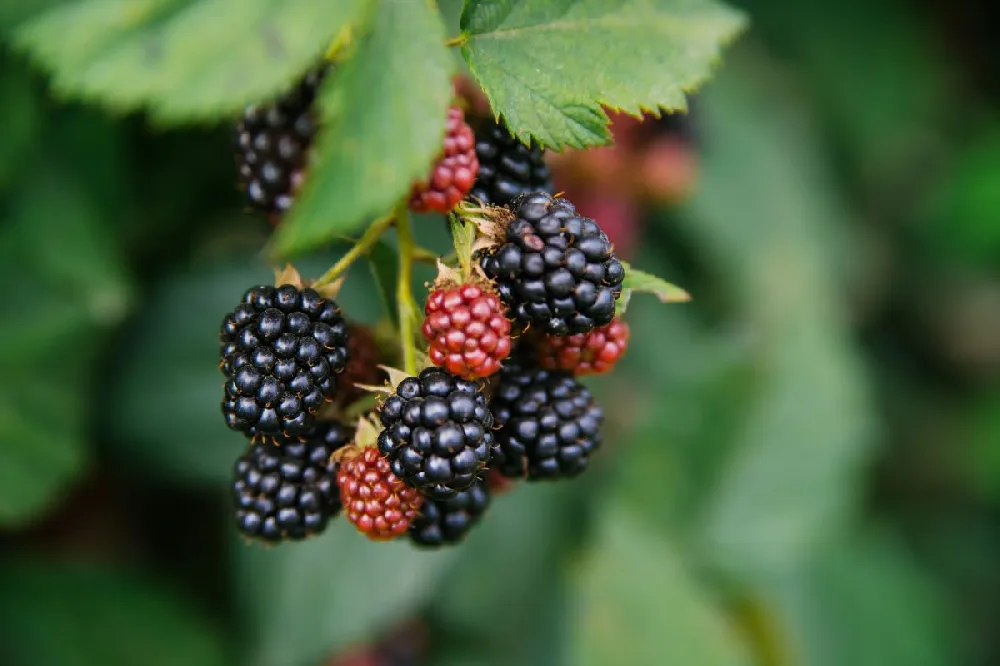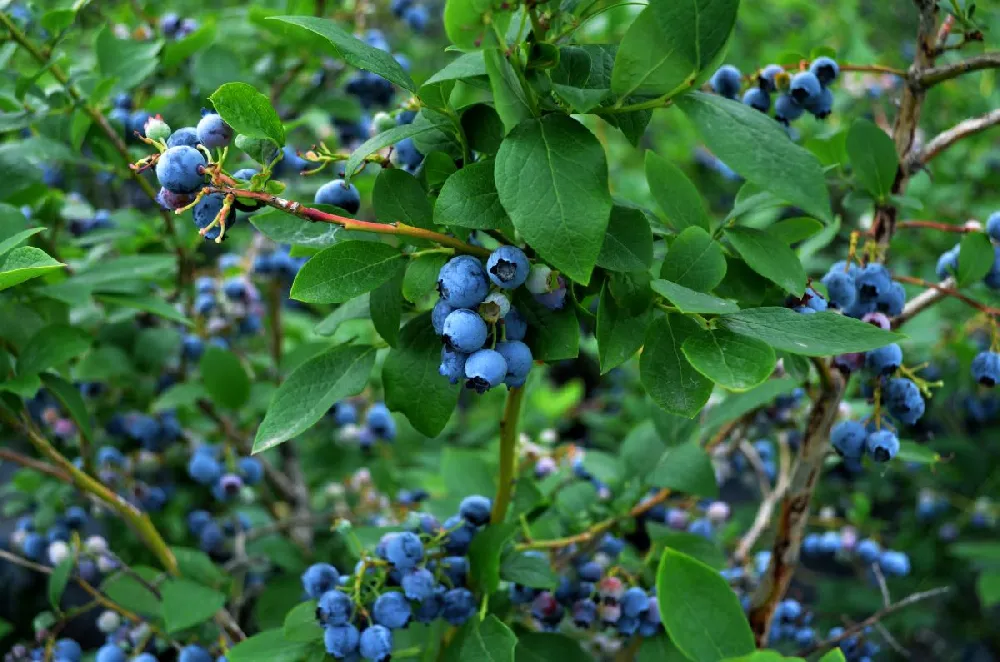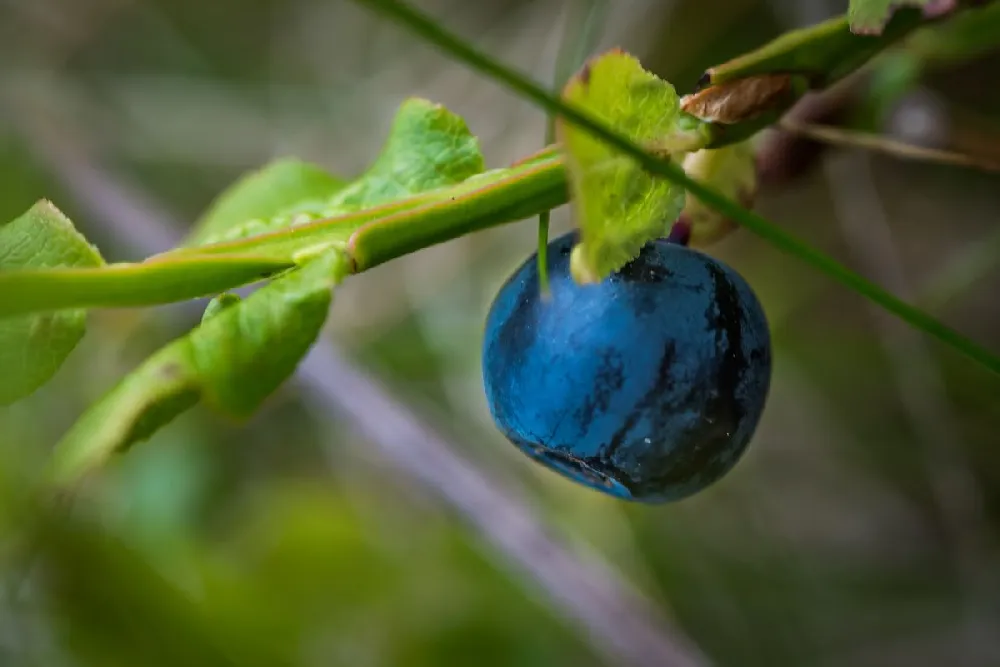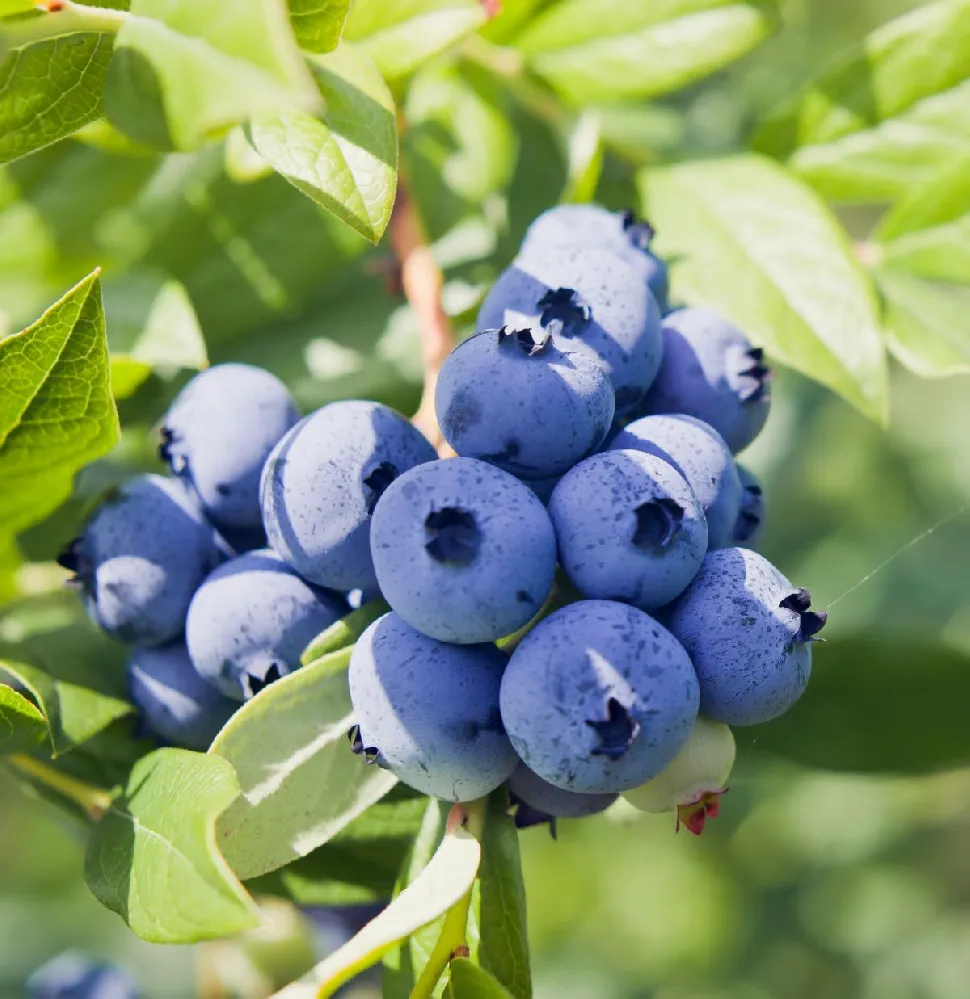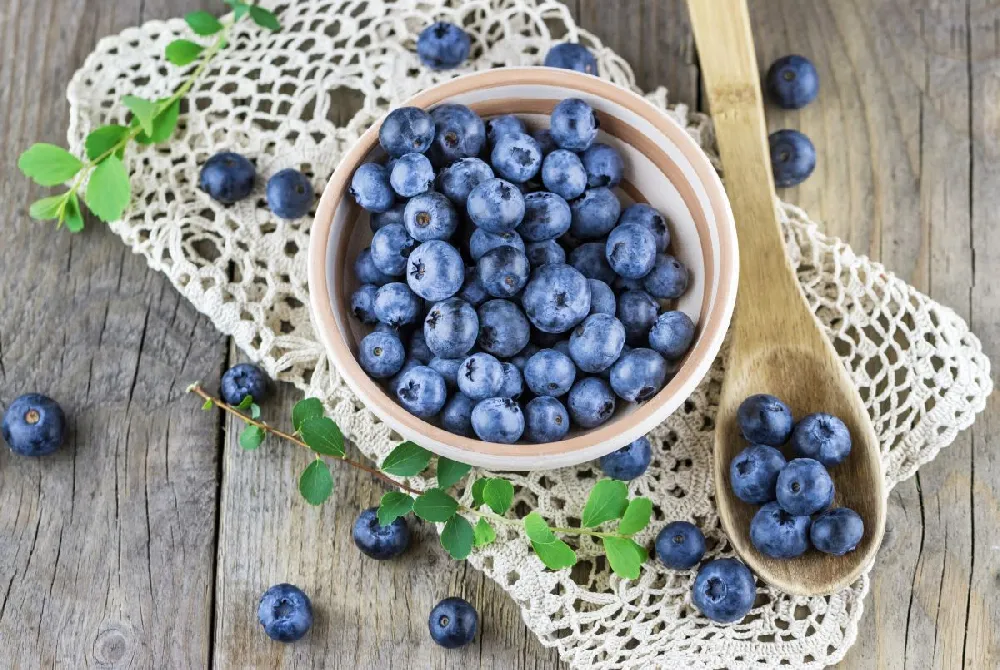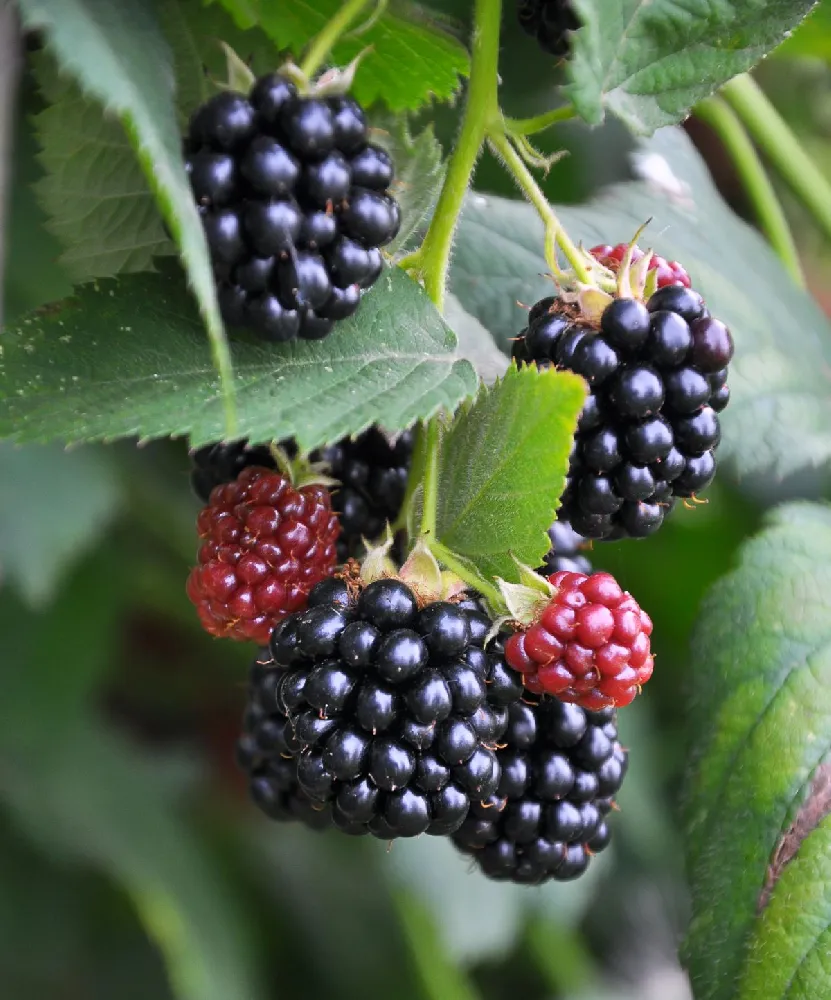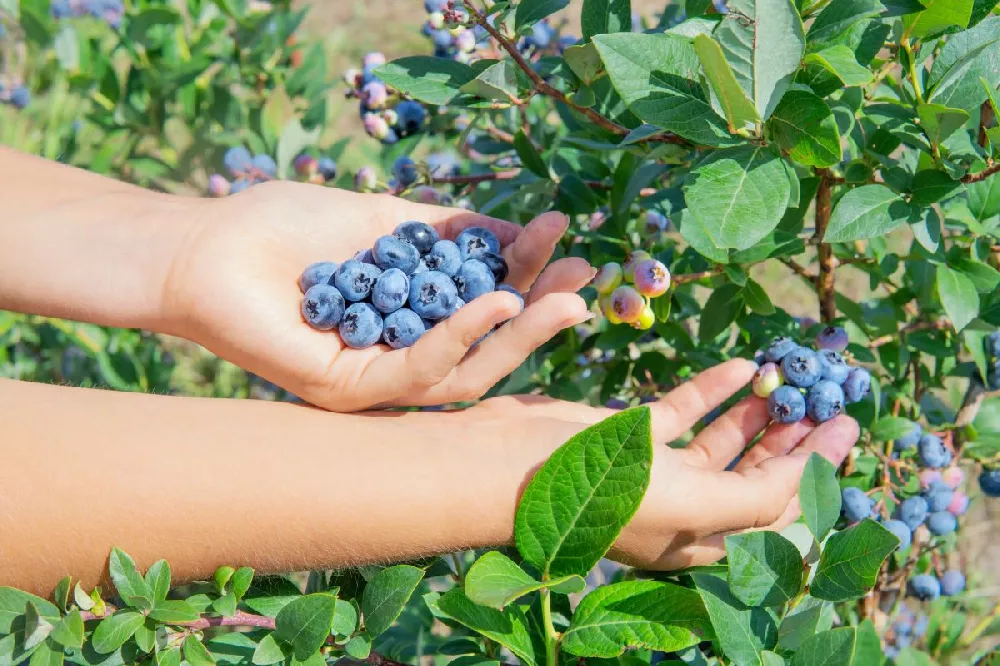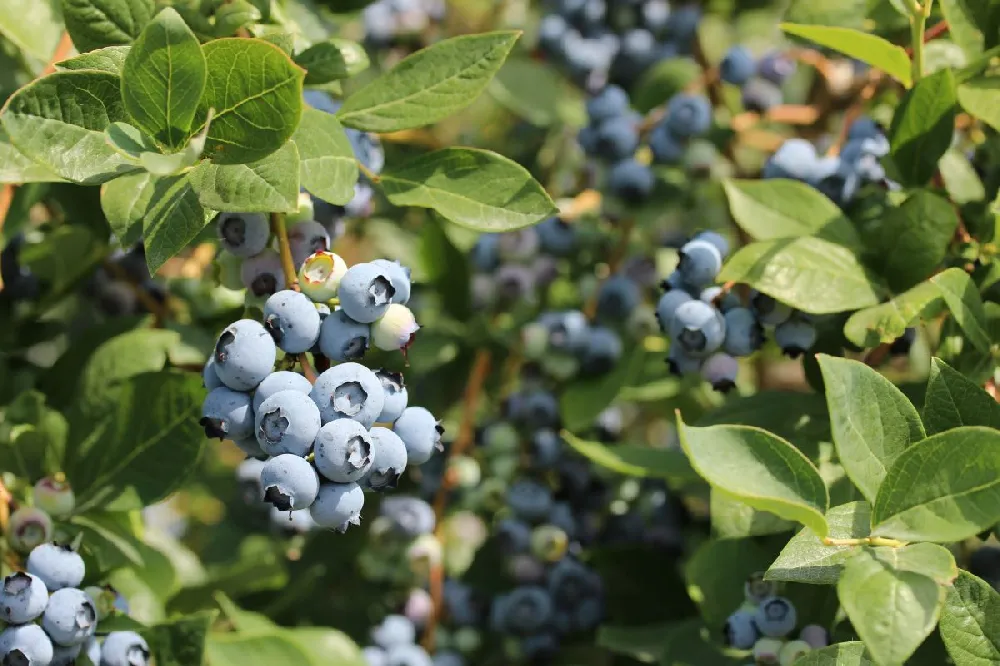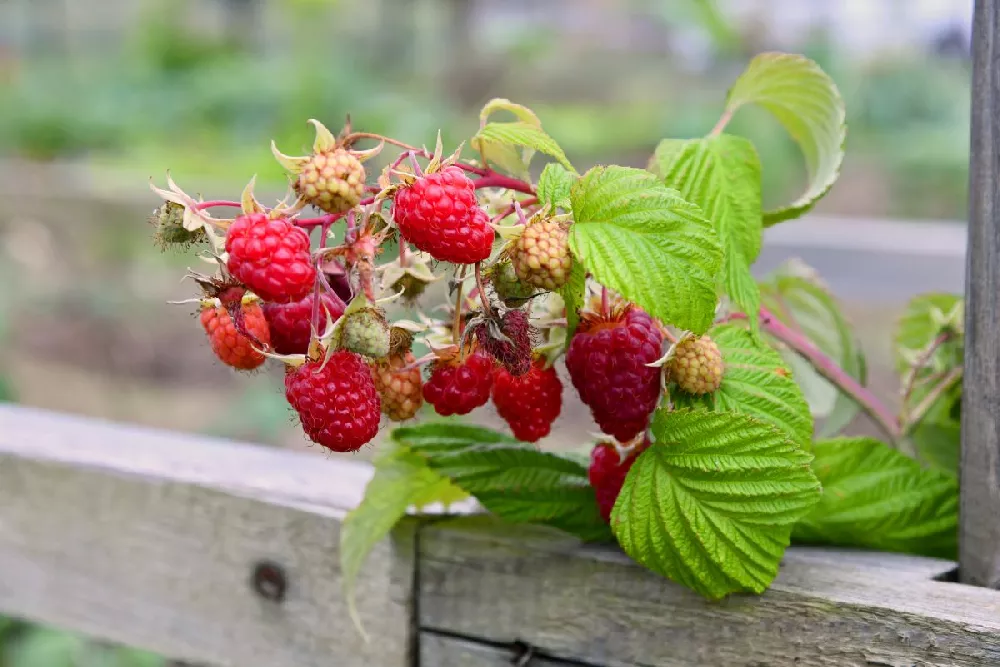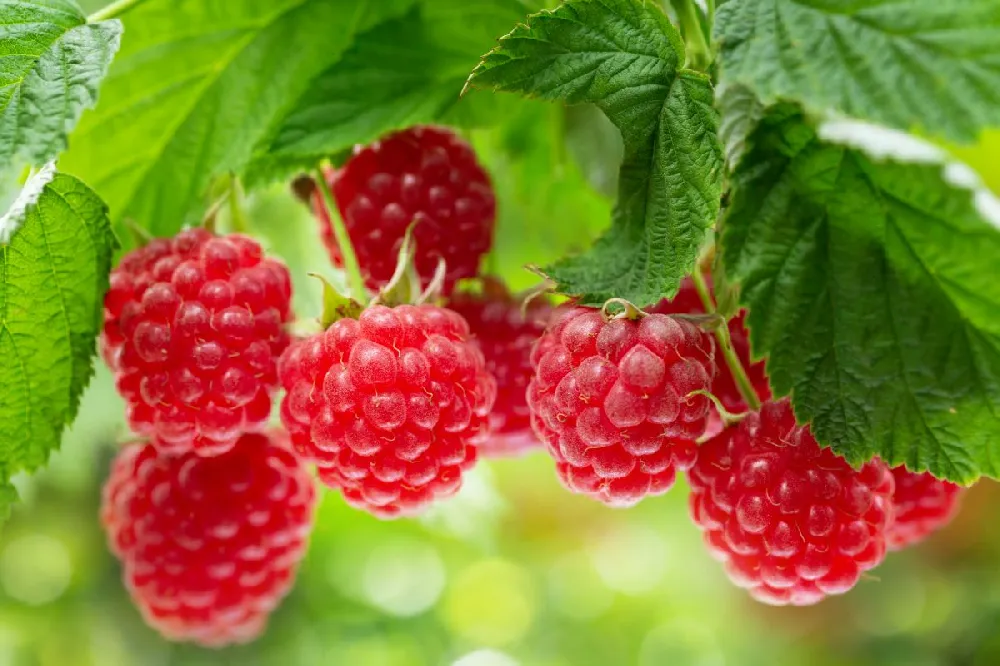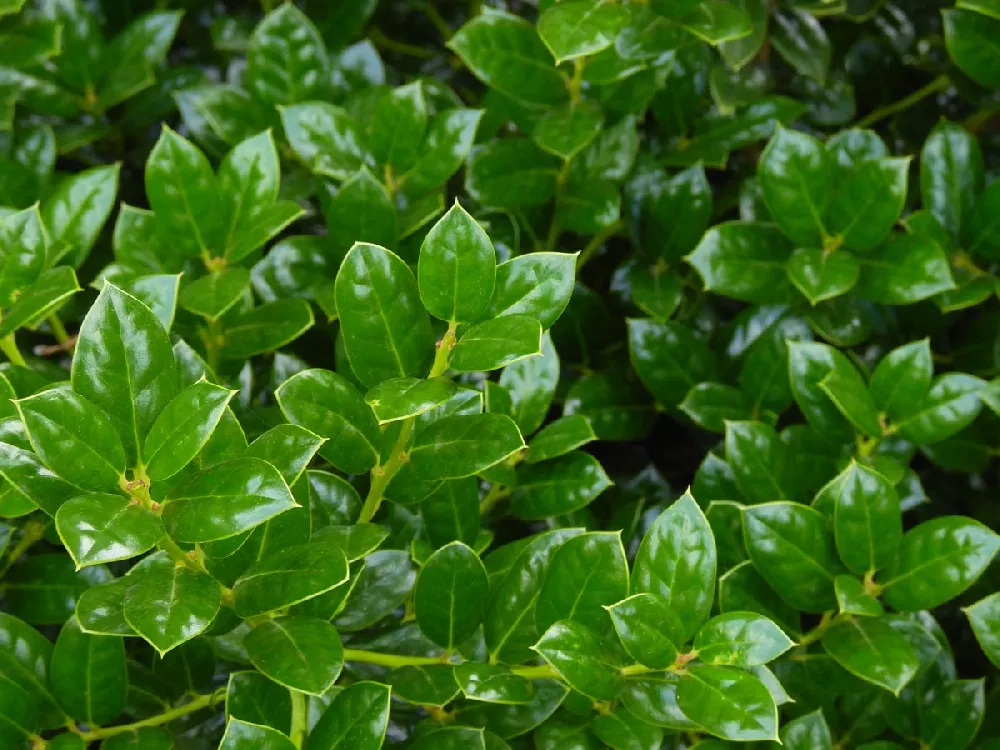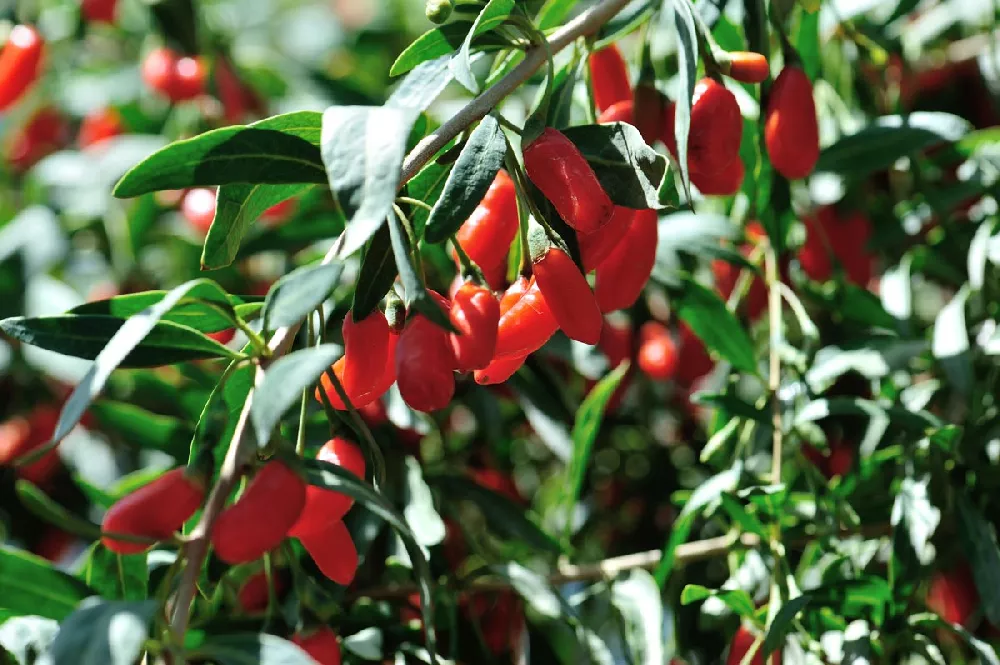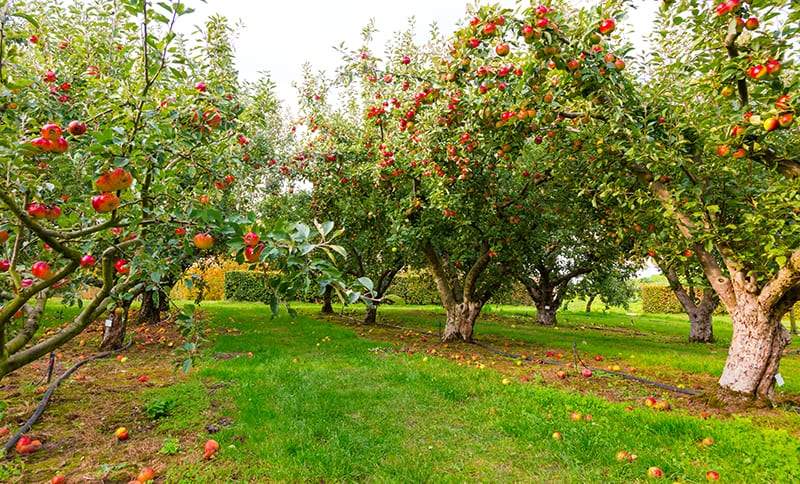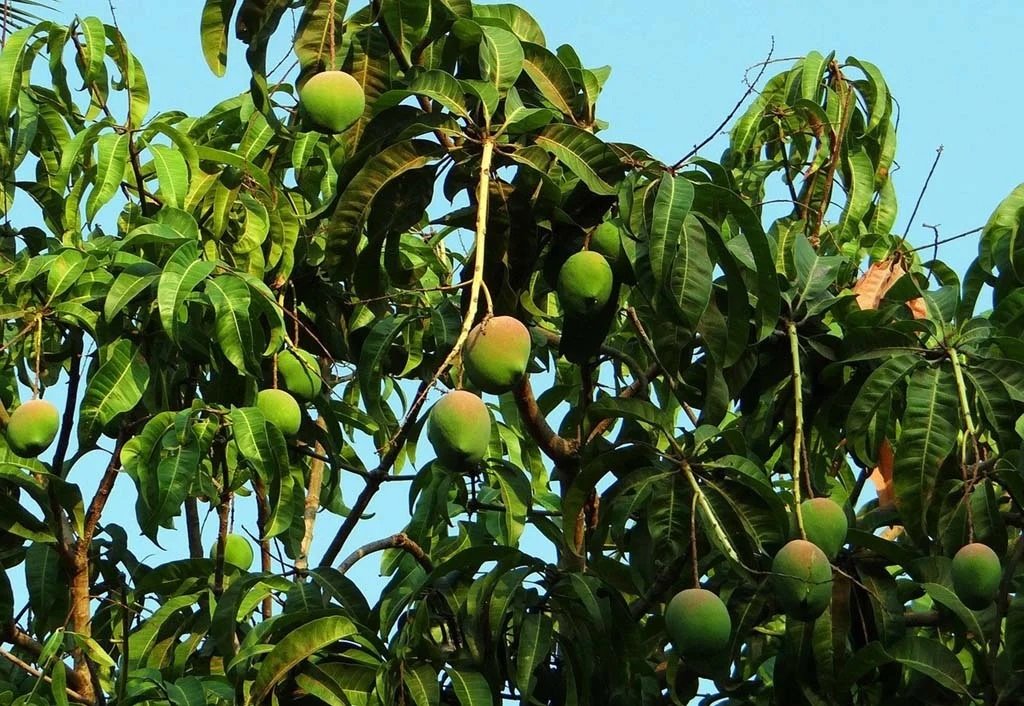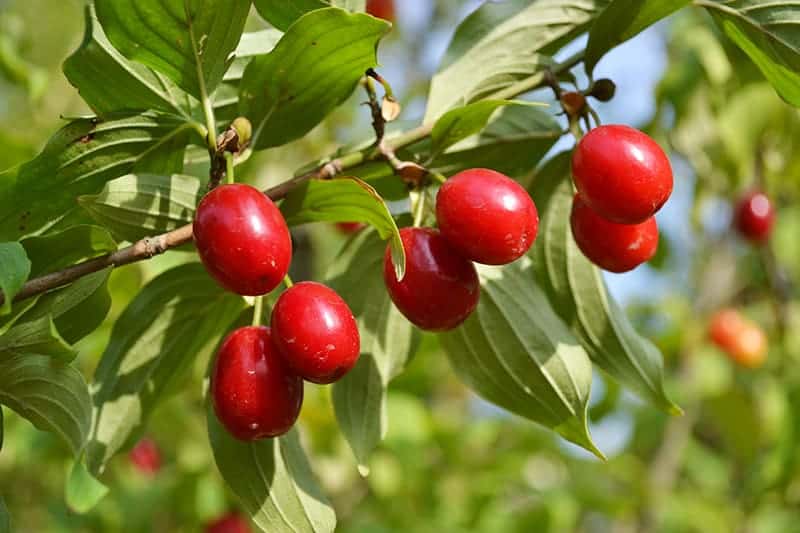- Home >
- Shrubs and Bushes >
- Berry Bushes
Berry Bushes for Sale - Buying & Growing Guide
Filters
Price Range
Growing Zones
Plant Type
Sunlight
Mature Height
Plant Characteristics
70 Results
-
Growing Zone(s): 6-8$56.95
$68.95Save up to 17% -
Growing Zone(s): 4-8$99.95
-
Growing Zone(s): 6-8$77.95
$129.95Save up to 40% -
Growing Zone(s): 4-7$34.95
$38.95Save up to 10% -
Growing Zone(s): 7-9$24.95
$49.95Save up to 50% -
Growing Zone(s): 4-8$45.95
$49.95Save up to 8% -
Growing Zone(s): 5-10$35.95
$47.95Save up to 25% -
Growing Zone(s): 4-8$42.95
$52.95Save up to 18% -
Growing Zone(s): 5-9$56.95
$57.95Save up to 1% -
Growing Zone(s): 4-8$69.95
$72.95Save up to 4% -
Growing Zone(s): 7-9$50.95
$51.95Save up to 1% -
Growing Zone(s): 5-9$38.95
$57.95Save up to 32%
Berry Bushes – Buying & Growing Guide
Whether you are growing a common berry, such as blueberries or raspberries, or something more exotic, like a magnolia vine, there is no substitute for a fresh berry picked from the bush and popped into your mouth. Many berries are too fragile to ever make their way to the grocery store. Explore the different types of berry bushes so you can enjoy the rare treats they offer come harvest.
Types of Berry Bushes
| Type | Growing Zones | Mature Height | Harvest Season | Sun | Features |
| Blueberry Bushes, Vaccinium | 3-10 | 1-8 feet | June-July | Full to partial sun: At least 4 hours of direct light a day | Deciduous shrubs; colorful foliage; plant more than one for best crop |
| Raspberry bushes, Rubus | 4-10 | 3-8 feet | June-September | Full to partial sun: At least 4 hours of direct light a day | Everbearing types have two harvests a year; yield reduced in partial shade; need trellising |
| Strawberry bushes, Fragaria | 4-9 | 6-12 inches | April-August | Full sun: 6 or more hours a day of direct light | May fruit in the first year; reproduce by runners; can be container-grown |
| Blackberry Bushes, Rubus | 4-9 | 3-6 inches | July-September | Full sun: 6 or more hours a day of direct light | Some varieties need trellising; best planted in spring; require pruning |
| Grapes, Vitis | 5-10 | Up to 12 feet | August-September | Full sun: 6 or more hours a day of direct light | Vines require sturdy support and well-drained soil; some fruit in the first year |
| Chokeberry, Aronia | 3-8 | 5-10 feet | September | Full to partial sun: At least 4 hours of direct light a day | Semi-evergreen shrubs; profuse flowers; excellent food source for birds; deer resistant |
| Chokecherry, Prunus virginiana | 3-8 | 10-30 feet | June-August | Full to partial sun: At least 4 hours of direct light a day | Small tree or large shrub; leaves attractive in fall; berries are edible |
| Cranberry Bushes; Viburnum trilobum | 2-7 | 5-10 feet | September | Full to partial sun: At least 4 hours of direct light a day | Flowering shrub; showy white nectar-rich flowers; easy to grow |
| Elderberry, Sambucus | 3-8 | 10-12 feet | August | Full to partial sun: At least 4 hours of direct light a day | Deciduous shrub or small tree; Great for borders or hedges; deer resistant |
| Goji Berry Bush (Chinese Box Thorn), Lycium barbarum | 5-9 | 6-10 feet | September | Full sun: 6 or more hours a day of direct light | Deciduous shrub; purple flowers and red edible berries; may be trellised |
| Honeyberry, Lonicera caerulea | 2-8 | 3-6 feet | May-June | Full to partial sun: At least 4 hours of direct light a day | Fragrant white flowers followed by one inch long blue edible berries; deciduous shrub |
| Lingonberry; Vaccinium vitis-idaea | 2-7 | 12-18 inches | August-October | Full to partial sun: At least 4 hours of direct light a day | Pink flowers lead to two crops of tart, edible berries; good groundcover |
| Magnolia Vine (Five Flavor Fruit), Schisandra chinensis | 4-8 | 15-30 feet | August-September | Full sun: At least 6 hours of direct light a day | Easy to grow vine; unique edible berries; needs trellising; fragrant flowers in spring |
| Miracle Berry Bush; Synsepalum Dulcificum | 4-11 (containers); 9-11 outside | 2-3 feet | August-October, or year-round if indoors | Full to partial sun: At least 4 hours of direct light a day | Eating berries makes sour food taste sweet; prefers acidic soil; two berry crops a year |
| Pineberry, Fragaria x ananassa | 5-8 | 8-12 inches | Bear throughout the growing season | Full sun: At least 6 hours of direct light a day | Smaller than strawberries, tastes like a pineapple; white berries with red seeds |
How to Plant Berry Bushes
Site your berry bush carefully, so it will receive the right amount of sun, in fertile, well-draining soil amended with well-rotted compost or manure. Unpot your berry plant and tease out roots encircling the root ball. They can girdle and kill the bush slowly.
Dig a hole that’s a little deeper than the root ball and twice as wide. Mix a few handfuls of compost or manure in the bottom of the hole and place the plant in the hole so that it’s at the same level it was in the pot. Fill in around it with soil, tamping down as you go. Build a low berm a foot or so out from the trunk of the tree so the water stays in the root zone and water well.
For the first few weeks, water your berry bush daily until you start to see new growth. Then cut back to about an inch of water a week, either through rain or supplemental watering. If watering with a hose, aim at the roots rather than the leaves to avoid fungal infections.
Most berry bushes will benefit from feedings with an all-purpose, slow-release fertilizer early in the season. The exceptions are acid-loving plants like blueberries and miracle berries. For them, use a fertilizer formulated for acid-lovers.
When to Harvest Berries
Each berry bush has its own harvest time, whether early in the season or later in the fall. Some, like everlasting raspberries, have two harvests a year, a light harvest in early to mid-summer, then a fuller harvest in September or October, depending on how far north you are.
Many berries are a treat for birds as well as humans. If you are losing out to your feathered friends, you may want to invest in bird netting placed over your berry bush as the berries are ripening. These can be awkward to work with, and you will want to check them regularly to ensure no birds get tangled in them but they can help save the harvest for your use.
Unlike some fruits, most berries won’t continue to ripen once picked, so you’ll need to time your harvest so that you’re picking the berries at the height of ripeness. If picking berries for your personal use, picking them manually is an enjoyable activity for a summer’s evening.
